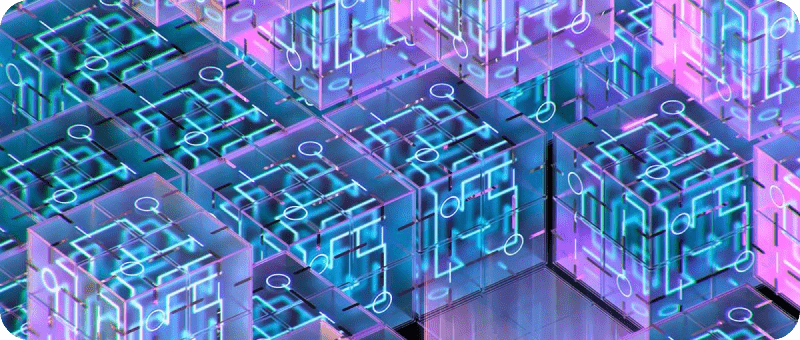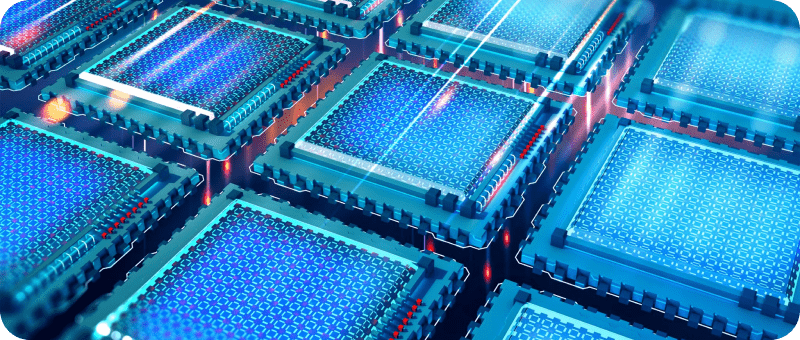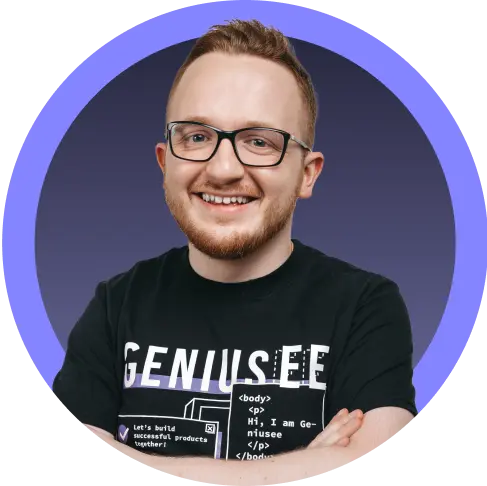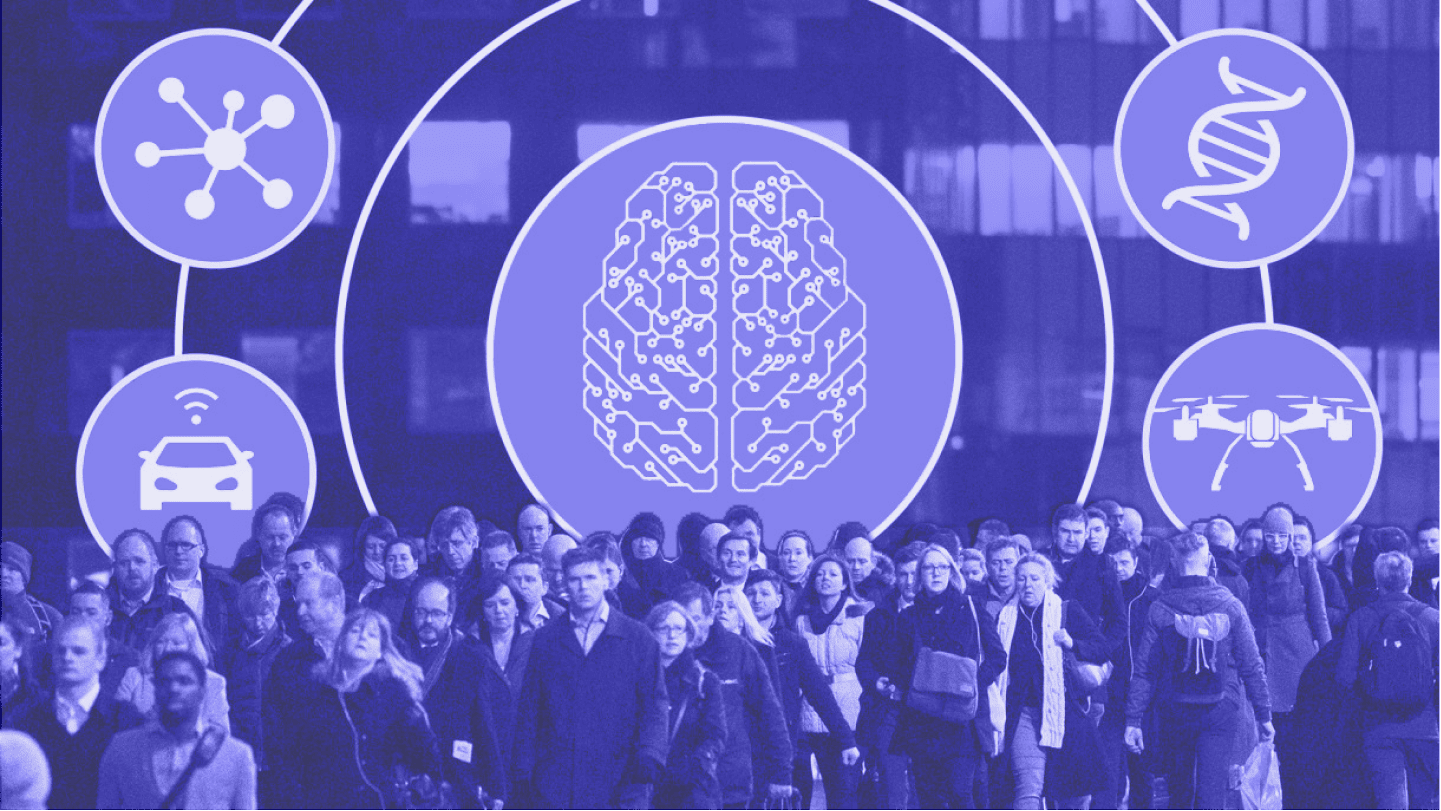The world pending: quantum computers, which for many years have been described in books and films, soon can be used for specific purposes: to optimize the routes of airplanes and buses, to develop new drugs and materials, to involve them in machine learning.
How does it work? Quantum computers extremely speed up computations thanks to the phenomena of quantum superposition and quantum entanglement. New machines do not operate with bits, which are zeros and ones, but qubits, which can be in these two states at the same time (this is called “superposition”). Therefore, a quantum computer does not need to go through all possible variants of the system states, as modern computer technology does.
There are three different types of devices that work with quantum gain:
- 01
Quantum simulator.A device is a physical experiment that is launched specifically to study the property of a quantum system. For example, you can build a wind tunnel to study the properties of aerodynamics. And you can build a quantum system to study some property of quantum mechanics or a physical system.
- 02
Quantum computer (or adiabatic computer) - it is produced and sold by D-Wave Systems. The calculator minimizes the objective function (for example, finding the optimal route schedule for New York buses) in a way that quantum mechanics can speed up. Currently sold devices of this class with 2 thousand controlled spins. Devices with 4 thousand spins are now at the testing stage. Spin is the so-called internal degree of freedom of a quantum particle. Spins of different particles can interact, due to which you can perform calculations. In addition to spins, adiabatic models can also use photons or neutral atoms for calculations.
- 03
Quantum computers based on the “quantum valve” model (quantum logic element) - they are produced by IBM and Google. These devices can create a so-called quantum circuit or quantum computer network. It is similar to a conventional digital circuit but is associated with quantum correlations created by operations performed in a certain sequence in time. This approach implements a so-called quantum valve computation model. Most quantum algorithms, such as chemical physics simulation, have been developed for such computers. These machines use qubits for calculations.
Google has the most powerful computer right now, but it's still very noisy. On a quantum scale (extremely small), energy moves, packaged in mini-packets (they are called quanta). They scatter, jump off and, interacting with a quantum computer, create errors. If we could cool the quantum system to absolute zero, we would completely eliminate these errors, but we cannot. At the final temperature, one has to rely on suppression methods using error correction codes in order to increase the operating time of a quantum computer before it is “bombed” with unwanted quanta energy.
Quantum computers can be used to model chemicals for the pharmaceutical industry. For example, we can make a quantum-mechanical description of caffeine and simulate it on a couple of hundred qubits. How does it work? Caffeine, like other molecules, is entirely based on quantum mechanics. Quantum mechanics also define mechanics and a quantum processor. So we are just trying to “tune” the physics of the quantum chip to imitate the physics of caffeine.

Nowadays the biggest achievement in molecular modeling is lithium hydride (LiH) and beryllium hydride (BeH2). Thanks to the recently developed algorithm of Variational quantum engine solver, these molecules were successfully modeled on an IBM processor using only 6 qubits.
Quantum computers will help to discover new drugs and materials. They will be able to study all variants of interaction with drugs and calculate the probability of success for each due to a more accurate understanding of the structure of DNA and protein folding. That is why large technology companies are very interested in this area. Some of them have already bought D-Wave calculators for 2 thousand spins - for $ 15 million each. Such cost is because of that they require a cooling system to −273 degrees Celsius. By the way, they can be rented. It is not a universal quantum computer, but it is a quantum computer in the sense that it uses quantum effects to accelerate optimization and Gibbs sampling (a joint distribution sample generation algorithm) used in deep learning. At the same time, IBM provides free online access to its two chips.
Today D-Wave calculators have 6 clients.
-
- Lockheed Martin Corporation - American military-industrial corporation specializing in the field of aviation, aerospace equipment, shipbuilding, automation of postal services and airport infrastructure and logistics;
- QuAil Lab (The Quantum Artificial Intelligence Lab) - Google, NASA and USRA (The Universities Space Research Association) collaboration;
- Los Alamos National Laboratory, which develops and studies nuclear weapons;
- Institute of Information Sciences at the University of Southern California;
- Temporal Defense Systems, a cybersecurity company;
- Oak Ridge National Laboratory, owned by the US Department of Energy.

Spins are used to characterize adiabatic computers (they are also often called qubits because in a sense they are one and the same). Quantum calculators are suitable for optimization problems (unconditional optimization, binary optimization) and for training neural networks. Volkswagen used the D-Wave computer to optimize taxi routes in Beijing. But chemical simulation is the goal of IBM and Google computers. In the long run, we need both types - we need to optimize the routes of the aircraft, financial portfolios and more, and we also need the best medicines and materials.
As for machine learning, it is not yet clear when the quantum revolution will occur. So far we do not even know which of the main available processors will be the first in calculations with which a classical computer cannot cope. However, we believe that this will happen in the next few years. After the success of a project to optimize Beijing taxi routes (the company managed to “untie” traffic jams created by thousands of cars), Volkswagen plans to use quantum computers to simulate the complex chemistry of autonomous vehicle batteries, as well as machine learning cars to recognize the environment.
The nearest quantum future
There are other types of quantum computers. For example, the Canadian Xanadu is not based on qubits (although it can imitate qubits), but on continuous variable photon systems. Perhaps one of these projects will become the very breakthrough technology that the world is waiting for.
In the next 3-5 years, we will have more and more types of quantum computers based on superconductors, rather than photonics. D-Wave and Google and IBM chips are based on superconductors. This technology is closest to what we already have: you can use the existing capacity to create computers.

CTO at Geniusee
2019-08-14 / Modified on 2019-08-14
Enjoy this blog?
Please, spread the word :)
























